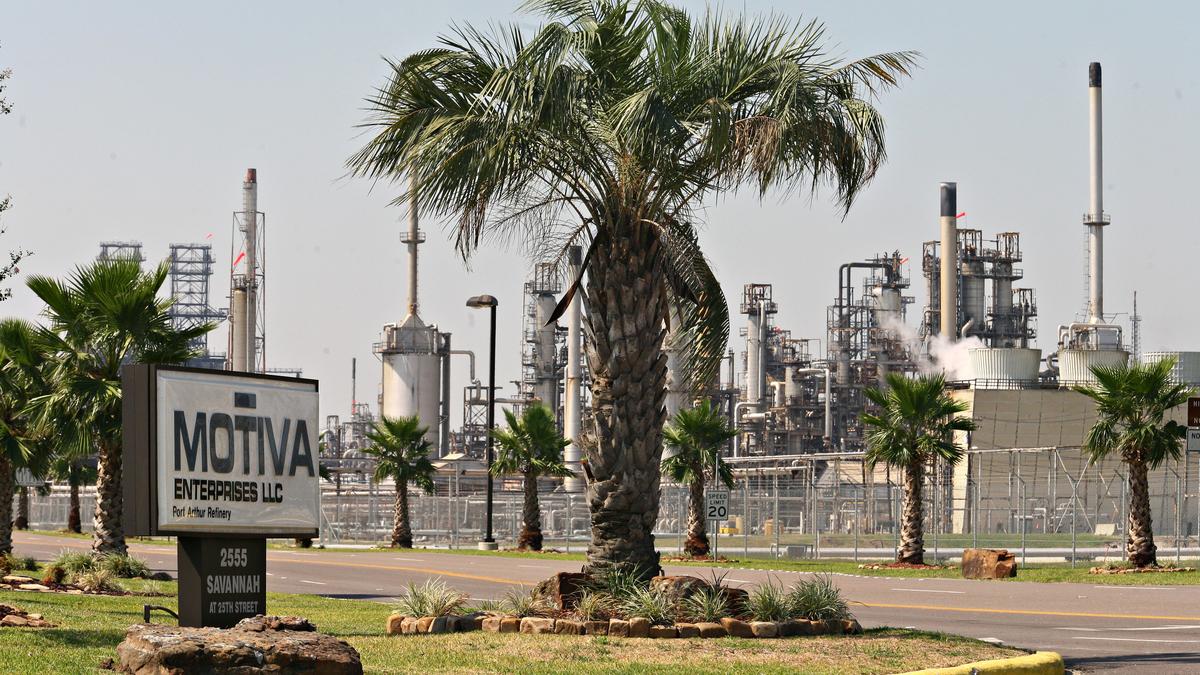
It used to be that you had to go to the websites of groups such as Greenpeace to learn how large corporations are failing to live up to their promises to help solve the climate crisis. Now that fact can be found on the front page of the Wall Street Journal.
The business-friendly newspaper just published an article detailing the ways in which the decarbonization efforts of the world’s largest companies are fizzling out. A big part of the problem is that most companies never developed meaningful climate transition plans and instead relied on dubious carbon offsets instead. The Journal quotes the environmental non-profit CDP as saying that of the nearly 19,000 companies using its disclosure platform, fewer than 100 have credible plans.
Some companies don’t bother to develop any plans—or they keep them to themselves. The Journal cites data showing the percentages of larger publicly traded companies that do not disclose specific plans to meet long-term climate targets. Among those in the coal, oilfield services, and midstream oil sectors the portion is 100 percent. Among integrated oil companies, 93 percent fail to do so.
Big Oil’s detrimental role in dealing with the climate was highlighted in another recent Journal article. It’s well known that Exxon Mobil worked for years to downplay the harmful effects of greenhouse gas emissions. In 2006 the company finally acknowledged those dangers, but the Journal found that within the company the policy did not really change. The newspaper was given access to internal company documents that had been collected by the New York Attorney General but never made public.
These documents, the Journal says, show that Rex Tillerson, who had just taken over as CEO at the time, continued to work behind the scenes to play down the severity of climate change. Exxon executives and scientists were apparently encouraged to go on questioning the mainstream consensus on climate harm.
In other words, it appeared that Exxon, rather than fully abandoning its overt climate denialism, replaced it with a more low-key version while simultaneously reaping the benefits of greenwashing.
Apart from its malignant impact on the climate problem, the fossil fuel industry also continues to be a major source of conventional pollution. We are reminded of this fact by a new report from the Center for American Progress which looks at the long-standing boondoggle surrounding the system by which the industry is allowed to drill on public lands and offshore.
Making extensive use of data from Violation Tracker, the report shows that the top 20 leasing companies are responsible for more than 2,000 environmental violations in their overall operations over the past two decades. Exxon Mobil leads the list with 442 such penalties, while BP has paid out the most—over $30 billion—largely due to its role in the 2010 Deepwater Horizon disaster in the Gulf of Mexico.
CAP’s report recommends that proposed new standards issued by the federal Bureau of Land Management for companies seeking leases be strengthened to include language specifying what defines a bad actor, adding: “Such bad actors should not be eligible for new leases or permits until they have resolved all outstanding issues and demonstrated that they are capable of changing their practices. Further, leases of companies found not to be a qualified or responsible lessee should be subject to cancellation.”
Tougher standards such as these will help to get the message through to the fossil fuel giants that they need to change their ways once and for all.








